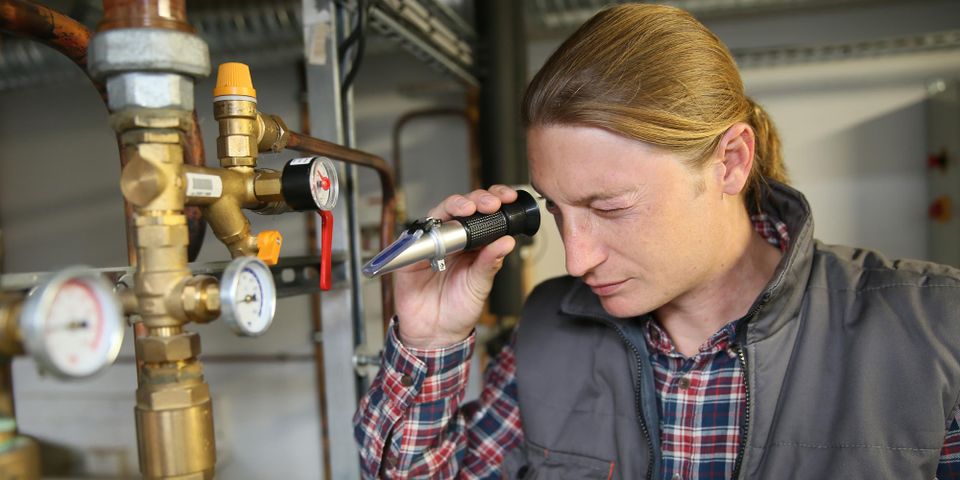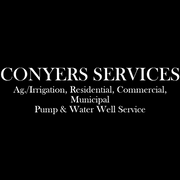
A well inspection is recommended any time you buy a property with a well system. Because water is such a vital part of life, you need to know what condition the supply system in your new home is in. Here’s what you can expect during this process, which usually takes between one and two hours.
What Happens During a Well Inspection?
1. Visual Inspection
First, the inspector will conduct a visual inspection of your well’s exterior elements. This includes the water tank and all its fittings and plumbing. Other components they check include the well cap, casing, arrestors, pitless adapter, and control box. They’ll look for signs of corrosion, leaks, and other common issues. They will also confirm that the equipment is sanitary and meets code requirements.
2. Flow Test
 Then they conduct a flow test inside your home. This test involves turning on the pump and checking the water level before and during pumping. They measure time intervals and pressure points to calculate your system’s output. They’ll assess the condition of the well pump’s motor, including the amp load, grounding, and line voltage.
Then they conduct a flow test inside your home. This test involves turning on the pump and checking the water level before and during pumping. They measure time intervals and pressure points to calculate your system’s output. They’ll assess the condition of the well pump’s motor, including the amp load, grounding, and line voltage.
3. Water Test
The last step is testing your house’s water for quality and purity. They’ll check for common issues such as coliform bacteria, nitrates, iron, manganese, hardness, and sulfides. Depending on your results, your well may need treatment or repair from a water well service.
The professionals at Conyers Well Service offer thorough well inspections for properties in Dimmitt, TX, and the surrounding Panhandle area. They will provide a detailed report with any applicable recommendations for well repair. Thanks to their full range of water well services, you can count on their experts to handle any repairs or maintenance your system needs. Learn more online and call (806) 647-3215 to schedule your inspection.
About the Business
Have a question? Ask the experts!
Send your question

